Alex Mitrevski
Data-Driven Robot Fault Detection and Diagnosis Using Generative Models: A Modified SFDD Algorithm
Nov 23, 2023Abstract:This paper presents a modification of the data-driven sensor-based fault detection and diagnosis (SFDD) algorithm for online robot monitoring. Our version of the algorithm uses a collection of generative models, in particular restricted Boltzmann machines, each of which represents the distribution of sliding window correlations between a pair of correlated measurements. We use such models in a residual generation scheme, where high residuals generate conflict sets that are then used in a subsequent diagnosis step. As a proof of concept, the framework is evaluated on a mobile logistics robot for the problem of recognising disconnected wheels, such that the evaluation demonstrates the feasibility of the framework (on the faulty data set, the models obtained 88.6% precision and 75.6% recall rates), but also shows that the monitoring results are influenced by the choice of distribution model and the model parameters as a whole.
Adaptive Compliant Robot Control with Failure Recovery for Object Press-Fitting
Jul 17, 2023Abstract:Loading of shipping containers for dairy products often includes a press-fit task, which involves manually stacking milk cartons in a container without using pallets or packaging. Automating this task with a mobile manipulator can reduce worker strain, and also enhance the efficiency and safety of the container loading process. This paper proposes an approach called Adaptive Compliant Control with Integrated Failure Recovery (ACCIFR), which enables a mobile manipulator to reliably perform the press-fit task. We base the approach on a demonstration learning-based compliant control framework, such that we integrate a monitoring and failure recovery mechanism for successful task execution. Concretely, we monitor the execution through distance and force feedback, detect collisions while the robot is performing the press-fit task, and use wrench measurements to classify the direction of collision; this information informs the subsequent recovery process. We evaluate the method on a miniature container setup, considering variations in the (i) starting position of the end effector, (ii) goal configuration, and (iii) object grasping position. The results demonstrate that the proposed approach outperforms the baseline demonstration-based learning framework regarding adaptability to environmental variations and the ability to recover from collision failures, making it a promising solution for practical press-fit applications.
Learning Human Body Motions from Skeleton-Based Observations for Robot-Assisted Therapy
Jul 25, 2022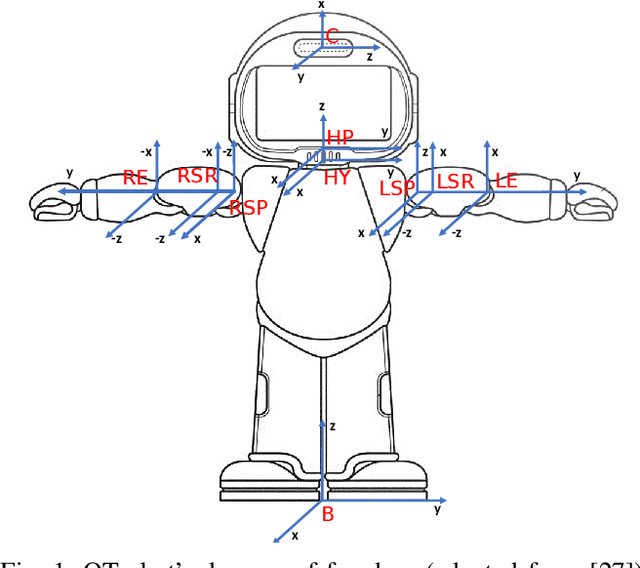
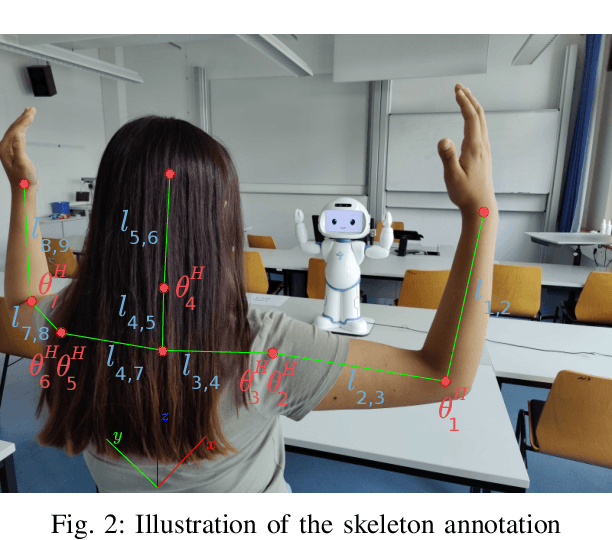
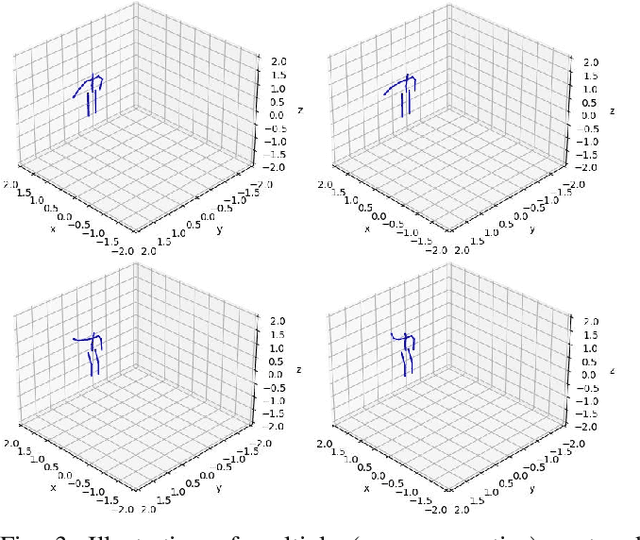
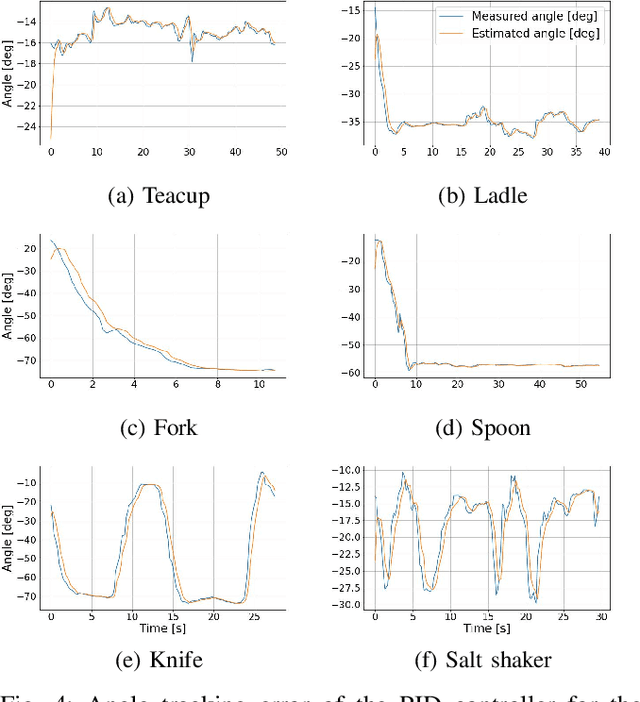
Abstract:Robots applied in therapeutic scenarios, for instance in the therapy of individuals with Autism Spectrum Disorder, are sometimes used for imitation learning activities in which a person needs to repeat motions by the robot. To simplify the task of incorporating new types of motions that a robot can perform, it is desirable that the robot has the ability to learn motions by observing demonstrations from a human, such as a therapist. In this paper, we investigate an approach for acquiring motions from skeleton observations of a human, which are collected by a robot-centric RGB-D camera. Given a sequence of observations of various joints, the joint positions are mapped to match the configuration of a robot before being executed by a PID position controller. We evaluate the method, in particular the reproduction error, by performing a study with QTrobot in which the robot acquired different upper-body dance moves from multiple participants. The results indicate the method's overall feasibility, but also indicate that the reproduction quality is affected by noise in the skeleton observations.
Personalised Robot Behaviour Modelling for Robot-Assisted Therapy in the Context of Autism Spectrum Disorder
Jul 25, 2022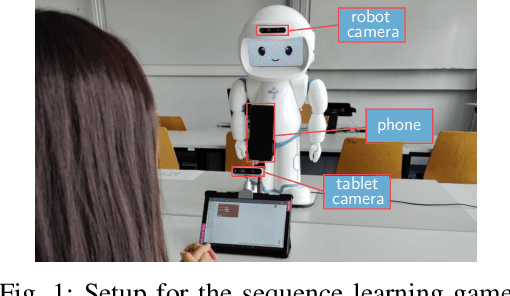

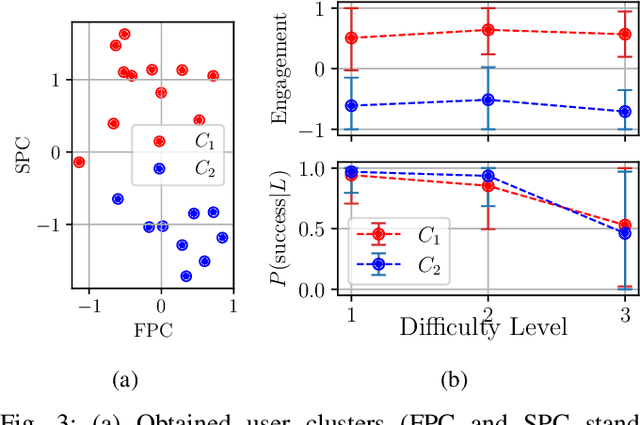
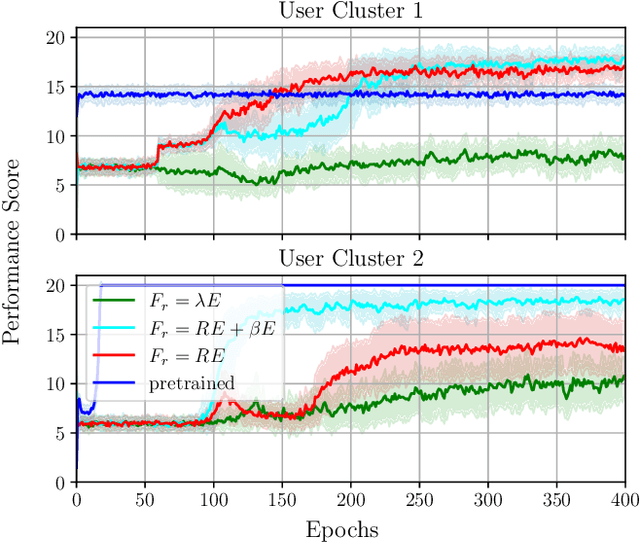
Abstract:In robot-assisted therapy for individuals with Autism Spectrum Disorder, the workload of therapists during a therapeutic session is increased if they have to control the robot manually. To allow therapists to focus on the interaction with the person instead, the robot should be more autonomous, namely it should be able to interpret the person's state and continuously adapt its actions according to their behaviour. In this paper, we develop a personalised robot behaviour model that can be used in the robot decision-making process during an activity; this behaviour model is trained with the help of a user model that has been learned from real interaction data. We use Q-learning for this task, such that the results demonstrate that the policy requires about 10,000 iterations to converge. We thus investigate policy transfer for improving the convergence speed; we show that this is a feasible solution, but an inappropriate initial policy can lead to a suboptimal final return.
Deploying Robots in Everyday Environments: Towards Dependable and Practical Robotic Systems
Jun 25, 2022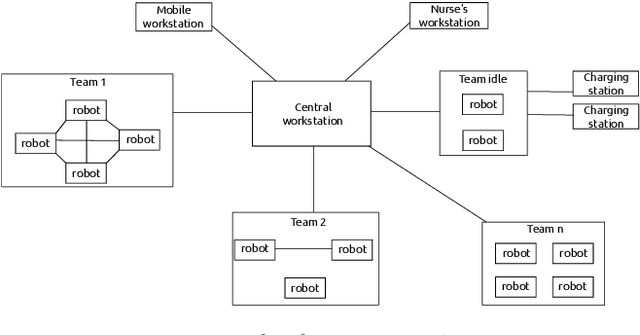
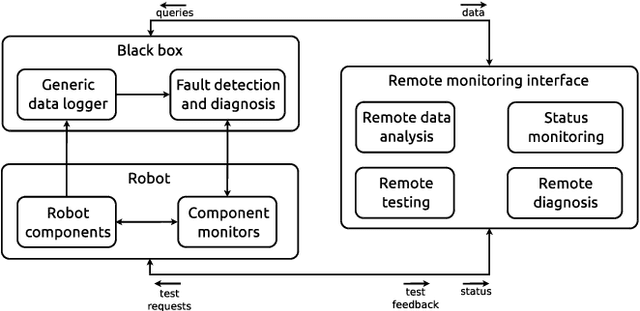
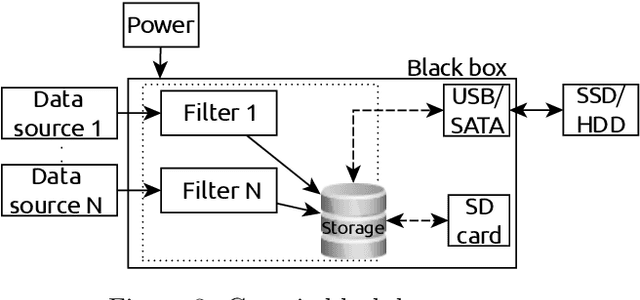
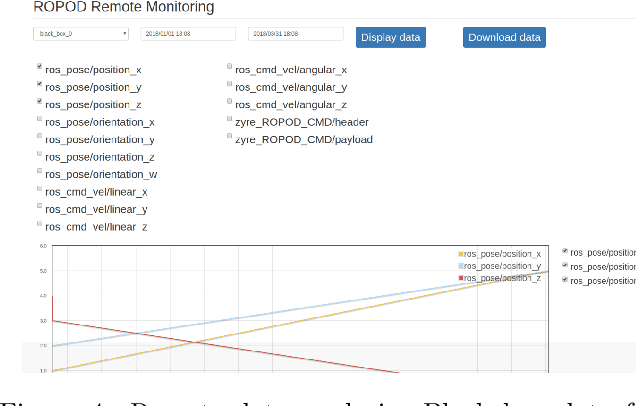
Abstract:Robot deployment in realistic dynamic environments is a challenging problem despite the fact that robots can be quite skilled at a large number of isolated tasks. One reason for this is that robots are rarely equipped with powerful introspection capabilities, which means that they cannot always deal with failures in a reasonable manner; in addition, manual diagnosis is often a tedious task that requires technicians to have a considerable set of robotics skills. In this paper, we discuss our ongoing efforts - in the context of the ROPOD project - to address some of these problems. In particular, we (i) present our early efforts at developing a robotic black box and consider some factors that complicate its design, (ii) explain our component and system monitoring concept, and (iii) describe the necessity for remote monitoring and experimentation as well as our initial attempts at performing those. Our preliminary work opens a range of promising directions for making robots more usable and reliable in practice - not only in the context of ROPOD, but in a more general sense as well.
Personalized Behaviour Models: A Survey Focusing on Autism Therapy Applications
May 18, 2022
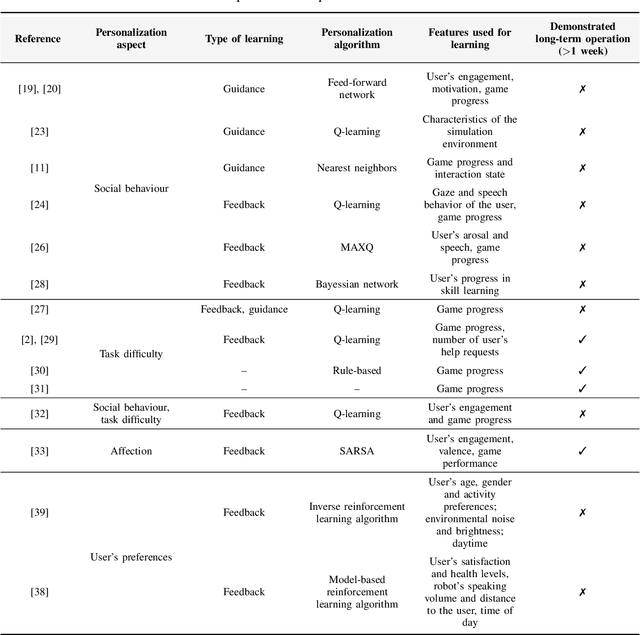
Abstract:Children with Autism Spectrum Disorder find robots easier to communicate with than humans. Thus, robots have been introduced in autism therapies. However, due to the environmental complexity, the used robots often have to be controlled manually. This is a significant drawback of such systems and it is required to make them more autonomous. In particular, the robot should interpret the child's state and continuously adapt its actions according to the behaviour of the child under therapy. This survey elaborates on different forms of personalized robot behaviour models. Various approaches from the field of Human-Robot Interaction, as well as Child-Robot Interaction, are discussed. The aim is to compare them in terms of their deficits, feasibility in real scenarios, and potential usability for autism-specific Robot-Assisted Therapy. The general challenge for algorithms based on which the robot learns proper interaction strategies during therapeutic games is to increase the robot's autonomy, thereby providing a basis for a robot's decision-making.
Property-Based Testing in Simulation for Verifying Robot Action Execution in Tabletop Manipulation
Aug 19, 2021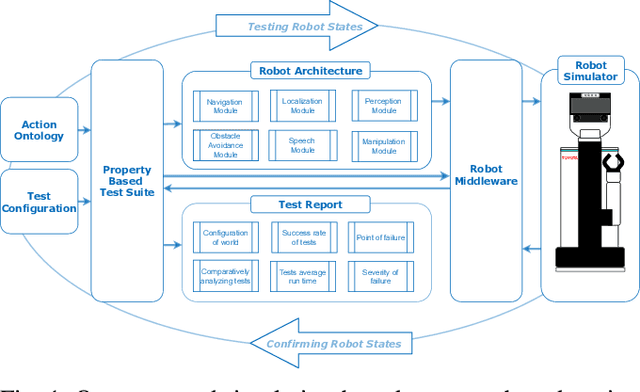
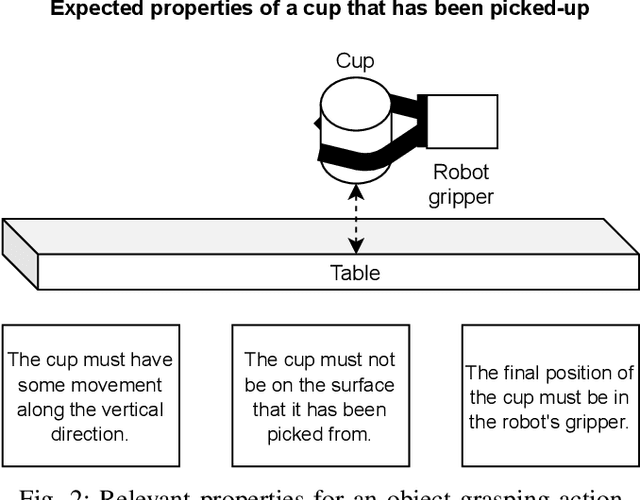

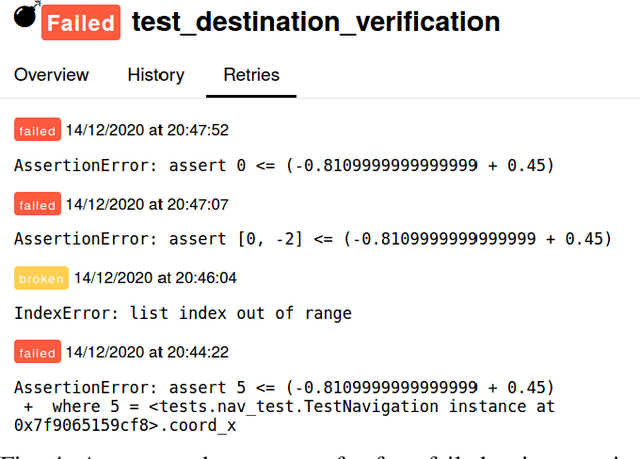
Abstract:An important prerequisite for the reliability and robustness of a service robot is ensuring the robot's correct behavior when it performs various tasks of interest. Extensive testing is one established approach for ensuring behavioural correctness; this becomes even more important with the integration of learning-based methods into robot software architectures, as there are often no theoretical guarantees about the performance of such methods in varying scenarios. In this paper, we aim towards evaluating the correctness of robot behaviors in tabletop manipulation through automatic generation of simulated test scenarios in which a robot assesses its performance using property-based testing. In particular, key properties of interest for various robot actions are encoded in an action ontology and are then verified and validated within a simulated environment. We evaluate our framework with a Toyota Human Support Robot (HSR) which is tested in a Gazebo simulation. We show that our framework can correctly and consistently identify various failed actions in a variety of randomised tabletop manipulation scenarios, in addition to providing deeper insights into the type and location of failures for each designed property.
Ontology-Assisted Generalisation of Robot Action Execution Knowledge
Jul 20, 2021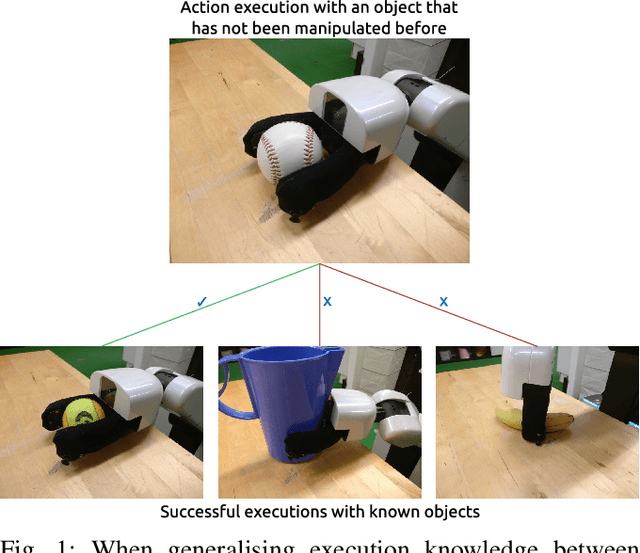
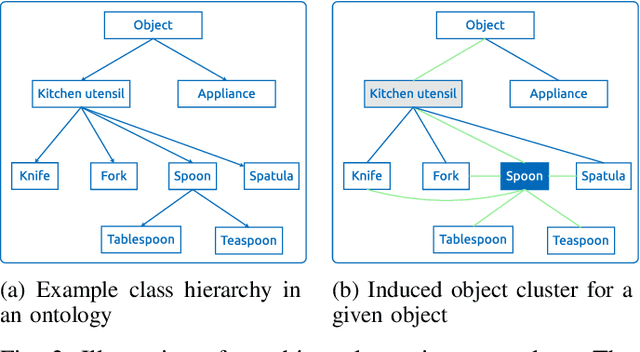


Abstract:When an autonomous robot learns how to execute actions, it is of interest to know if and when the execution policy can be generalised to variations of the learning scenarios. This can inform the robot about the necessity of additional learning, as using incomplete or unsuitable policies can lead to execution failures. Generalisation is particularly relevant when a robot has to deal with a large variety of objects and in different contexts. In this paper, we propose and analyse a strategy for generalising parameterised execution models of manipulation actions over different objects based on an object ontology. In particular, a robot transfers a known execution model to objects of related classes according to the ontology, but only if there is no other evidence that the model may be unsuitable. This allows using ontological knowledge as prior information that is then refined by the robot's own experiences. We verify our algorithm for two actions - grasping and stowing everyday objects - such that we show that the robot can deduce cases in which an existing policy can generalise to other objects and when additional execution knowledge has to be acquired.
Robot Action Diagnosis and Experience Correction by Falsifying Parameterised Execution Models
May 20, 2021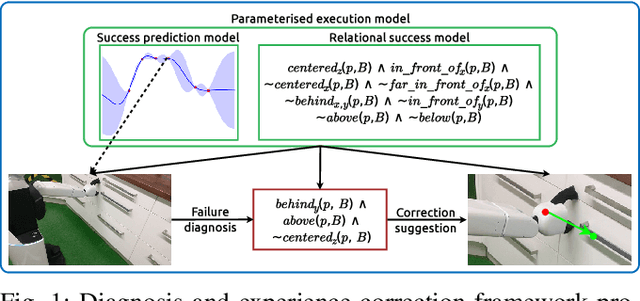



Abstract:When faced with an execution failure, an intelligent robot should be able to identify the likely reasons for the failure and adapt its execution policy accordingly. This paper addresses the question of how to utilise knowledge about the execution process, expressed in terms of learned constraints, in order to direct the diagnosis and experience acquisition process. In particular, we present two methods for creating a synergy between failure diagnosis and execution model learning. We first propose a method for diagnosing execution failures of parameterised action execution models, which searches for action parameters that violate a learned precondition model. We then develop a strategy that uses the results of the diagnosis process for generating synthetic data that are more likely to lead to successful execution, thereby increasing the set of available experiences to learn from. The diagnosis and experience correction methods are evaluated for the problem of handle grasping, such that we experimentally demonstrate the effectiveness of the diagnosis algorithm and show that corrected failed experiences can contribute towards improving the execution success of a robot.
 Add to Chrome
Add to Chrome Add to Firefox
Add to Firefox Add to Edge
Add to Edge